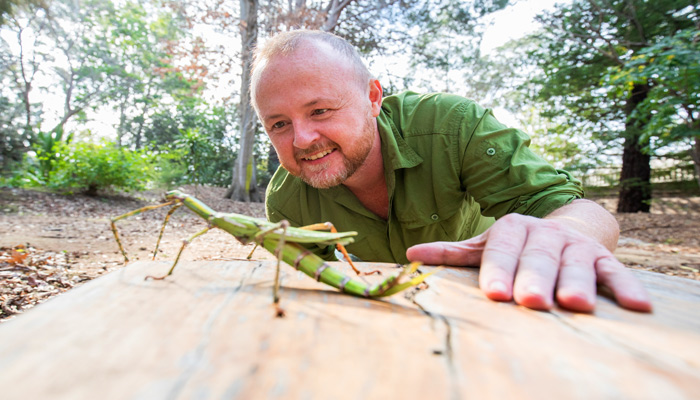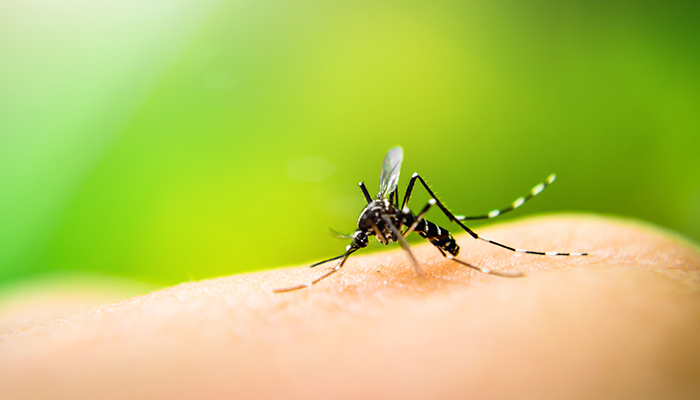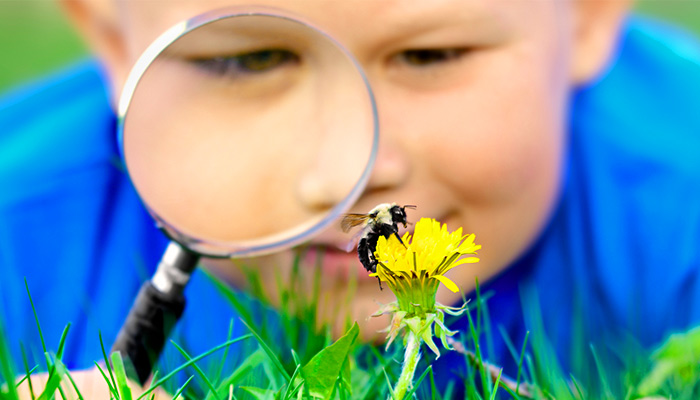Macquarie University coastal ecologists Associate Professor Melanie Bishop and Dr Katherine Dafforn co-lead the Living Seawalls marine science initiative announced as an Oceans finalist in the million-pound ($A1.88 million) international Earthshot environment prizes, to be awarded in October by the UK’s Prince William.
The Living Seawalls project could help address a major contribution to our rapidly declining rates of marine biodiversity. There is now more sea floor area modified by built infrastructure, than exists in our planet’s mangrove and seagrass forests.
“There is an ongoing construction boom in our seas – from seawalls, pilings, pontoons and marinas, to offshore wind turbines, aquaculture developments and mining rigs,” says Bishop. “This is hugely detrimental to marine ecology, often in the harbours, estuaries and coastal foreshores that are the nurseries and food sources for most oceanic life."
Structures are also being reinforced to protect coastal assets from the effects of sea level rise and storm surges, she adds – but ironically, replacing natural defences with hard sea walls can make coastlines more vulnerable to climate-change-exacerbated events.
There is an ongoing construction boom in our seas – from seawalls, pilings, pontoons and marinas, to offshore wind turbines, aquaculture developments and mining rigs.
Bishop and Dafforn together with a team of international collaborators found that in 2018, marine structures had a global footprint of at least 32,000 square kilometres, with each structure modifying the surrounding seascape significantly; and the researchers estimate that over the next decade, the area of seascape modified for power and aquaculture infrastructure, cables and tunnels worldwide would increase by at least 50 per cent.
Sydney Harbour is a great example of this construction boom: more than half of the harbour’s shoreline has been modified by seawalls, wharves and other structures, and the massive oyster reefs that – according to early Colonial diaries – once dominated the shorelines have nearly disappeared.
Less than 15 per cent of Australia’s shellfish reefs remain from pre-invasion days, she says; and since these animals play a big role in filtering and cleaning water, this has had a big negative impact on the quality of water in coastal areas around the country over the past two centuries.
Seawall panels host and protect life
The Living Seawalls team have drawn on decades of marine research to develop a series of marine panels, or tiles, that can be attached in modules to improve the surfaces of stark seawalls and other ocean-facing structures by providing habitat for marine plants and animals.

Sawmillers Reserve: More than a thousands panels installed globally include 11 sites in Sydney Harbour.
The team has so far designed 10 different habitat surface designs that mimic various natural shoreline features. They work with industrial designer Alex Goad and Reef Design Lab, using 3D printing to create original moulds to cast the concrete panels which are around 60cm in diameter.
There are more than a thousand panels now installed globally, with the first installations at Sawmillers Reserve and Millers Point in Sydney Harbour in 2018. Eleven Sydney Harbour installations installed in the past three years are joined by one in Port Adelaide (2019), in Narooma (2020) and in Townsville (2021).
The panels are also being piloted at sites in Singapore (2020), Gibraltar (2019) and Wales (2020), with most installations subject to ongoing monitoring and research.
“We found that after two years, our panels already supported at least a third more species on them than the seawalls that had been there for decades,” says Bishop. “The panels had a similar mix and quantity of life to the natural rocky reefs nearby, which are biodiversity hotspots.”
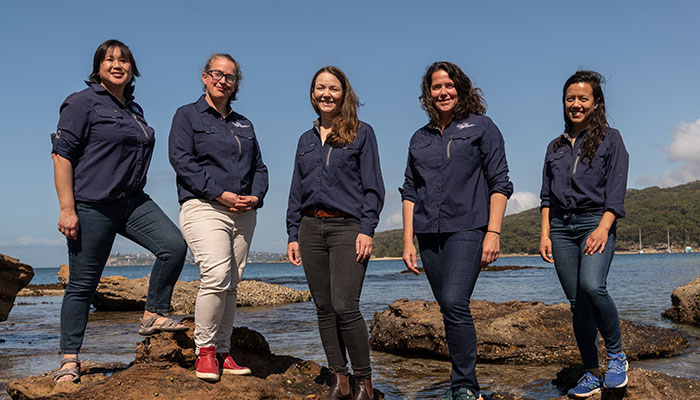
Global recognition: The Living Seawalls team, from left: Dr Aria Lee (Research Assistant), Associate Professor Melanie Bishop (Co-Leader), Dr Katherine Dafforn (Co-Leader), Dr Mariana Mayer Pinto (Co-Leader) and Dr Maria Vozzo (Project Manager).
The team found more than 100 different species of invertebrates and seaweeds were hosted on the panels, and they were used by more than 30 species of fish. “Fish also like to shelter in the habitat and they feed on the additional food sources found on the panels,” she says.
“One method we use, is attaching panels to stainless steel rods inserted into the wall, so where there is existing marine life on a wall, we can site the panel 10 centimetres off the wall, tripling the surface area and providing a cavity behind the panel which fish absolutely love.”
- Blood biomarkers show presence of Alzheimer's years before symptoms
- The unshakeable beliefs that could be fuelling COVID-19
The modular design allows the Living Seawalls to be tailored to each site, she says – and as sea levels rise in coming years, the panels can provide habitat for species to migrate vertically.
Sea walls and other structures are bare, featureless surfaces with little protection from the high temperatures that can occur at low tide in summer, but these panels can reduce surface temperatures by as much as 10 degrees Celsius.
“In a warming climate, this can be the difference between life and death for a lot of species, so the panels can form part of our climate change adaptation,” says Bishop.
Building Barangaroo’s underwater gardens – and seaweed babies
Living Seawalls co-leader, Macquarie University environmental scientist Dr Katherine Dafforn, specialises in understanding and managing urban impacts in marine systems and the ecological design of marine foreshores.
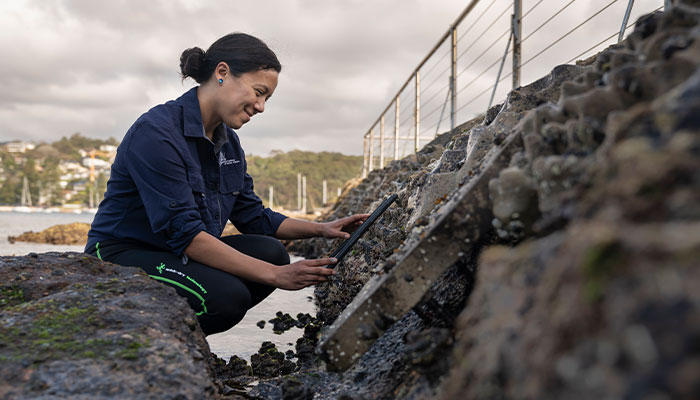
Marine moments: Dr Maria Vozzo conducts a biodiversity count on a series of habitat tiles installed at the Fairlight Pool on Sydney's northern beaches.
Dafforn is part of a marine science team who have worked with property developer Lendlease since 2014, helping their architects and engineers to understand the impact of the Barangaroo site on the marine environment, and work out designs for structures that better suit the local ecosystem.
“Our big focus at that site was to provide habitat for native species underwater, to replace invasive species living on the structures there,” she says.
The $6 billion Barangaroo precinct spreads over 22 hectares of the western waterfront of Sydney’s CBD, half of it parkland planted with more than 75,000 native trees and shrubs – so designing underwater structures to host native seaweed gardens fit the brief, she says.
“We did some initial surveys of the existing structures to work out a plan and then Barangaroo joined the Living Seawalls program in 2018,” she says.
The Living Seawalls team worked with Lendlease sustainability experts, engineers and artists to develop a plan for the harbour below Waterman’s Cove, a timber boardwalk in the south of the precinct.
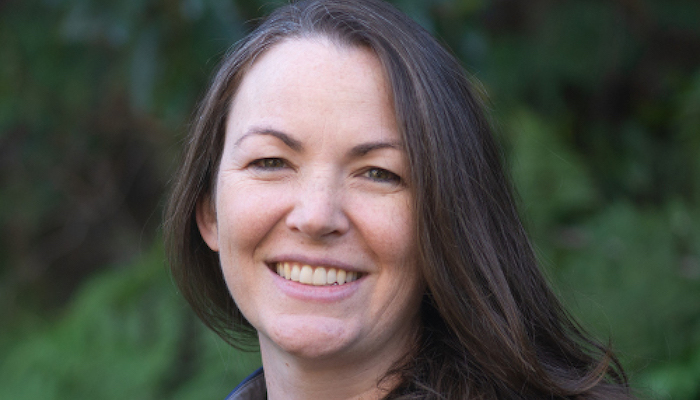
Urban impacts: Living Seawalls co-leader Dr Katherine Dafforn worked with Lendlease to design underwater gardens for the Barangaroo site.
They installed more than 380 tiles in the intertidal and subtidal zone in November 2020, making it the largest Living Seawalls installation in Sydney Harbour.
The tiles are cast in concrete and include oyster shells and crushed sandstone from the Barangaroo site, and span a depth of about 3.5 metres, with the higher, intertidal level visible at low tide but submerged as the tide rises, and the two subtidal levels targeting different species by the depth.
The team customised five different textured designs for the location; one mimics an oyster reef, another looks like ‘kelp holdfast’ – or seaweed roots, and yet another is designed like the ‘fingers’ of a sponge, with a micro-texture to attract baby seaweeds and invertebrates.
Living Seawalls has enormous potential to increase the ecological and social value of coastal structures worldwide.
“We harvested some seaweed from pilings that were being removed, and replanted it at Barangaroo earlier this year,” she says.
Dafforn admits she’s as excited as a new parent about the team’s discovery this month that the transplanted seaweed appears to have spawned new ‘seaweed babies'.
“We did some surveys of the panels last week and found some tiny kelp recruits, likely from the adults that we planted there last year, which suggests that the habitat will be self-sustaining.”
Dafforn says that part of the reason that the Barangaroo project has been so successful is that the Living Seawalls team were part of the planning process at an early stage.
“You have a lot more options when you’re not just retrofitting and dealing with something that is already there.”
Future plans
Winning the million-pound Earthshot prize would allow the Living Seawalls team to rapidly expand the project to other sites – but just being a finalist has given them global recognition, says Bishop.
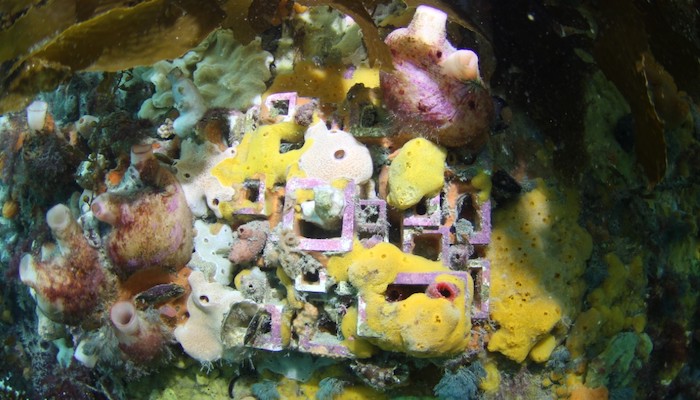
Signs of life: After two years, panels supported at least a third more species than the seawalls that had been there for decades.
“There’s currently a number of different pathways for groups to finance installations, from working with government, to corporate sponsors (particularly where they are located on a waterfront), and working with community organisations who can fundraise an installation,” she says.
Bishop says that the success of Living Seawalls so far rests partly on its multi-disciplinary approach, lying at the intersection of marine ecology, architecture, design and engineering.
“By using good science and designing our marine infrastructure with nature in mind, Living Seawalls has enormous potential to increase the ecological and social value of coastal structures worldwide,” she says.
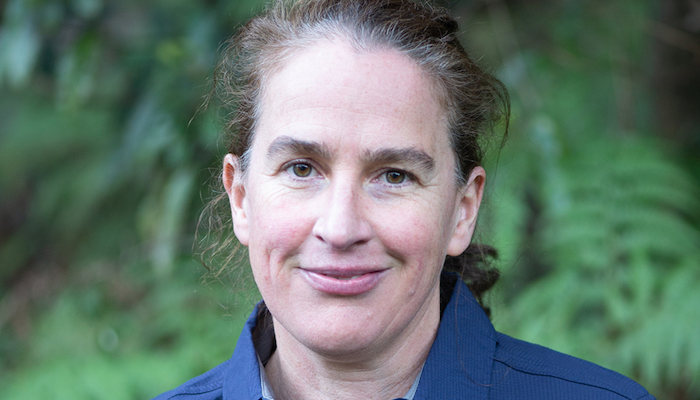
Dr Melanie Bishop (pictured) is Associate Professor in the Department of Biological Sciences.
Dr Katherine Dafforn is a Senior Lecturer in the Department of Earth and Environmental Sciences.

